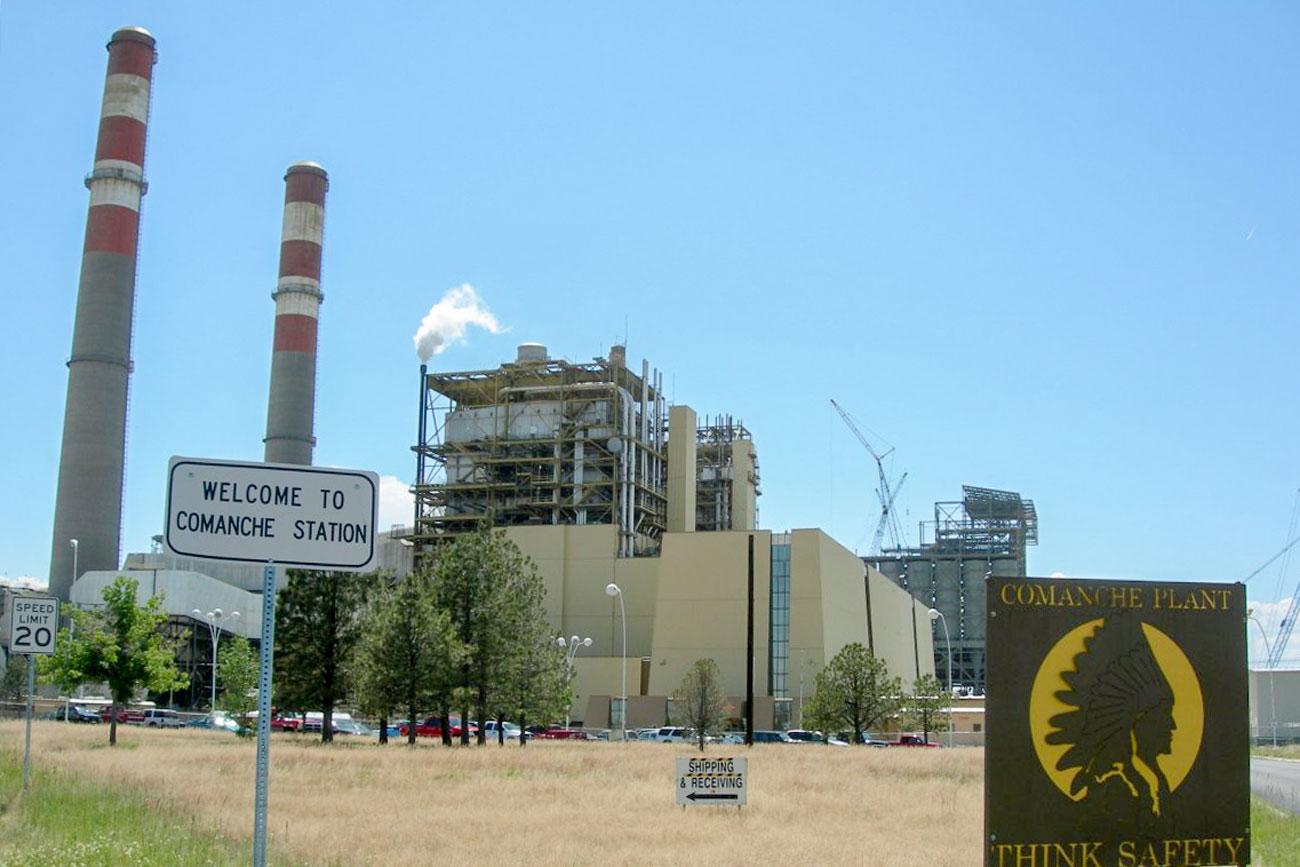

Colorado's largest electrical utility said it is considering shutting down two coal-fired generating units a decade earlier than planned and replacing them with power from a mix of wind, solar and natural gas.
Xcel Energy said the plan calls for closing two older units at the Comanche Generating Station in Pueblo — one in 2022 and one in 2025. A third, newer unit would keep operating.
Xcel said it would not put the plan in place unless the overall cost of electricity is the same or less than current costs. David Eves, president of Colorado operations for the Minneapolis-based utility, said he believes the plan would save money, but he could not say how much.
"We think there's a material savings," he said. "It will depend on the bids, whether it's a lot cheaper or whether it's marginally less expensive."
The Pueblo plant would lose 80 to 90 jobs over eight years, some through attrition, Eves said. Xcel would work with other employees on new opportunities, he said.
Eves said the company has never had layoffs as a result of switching from coal to renewable energy.
Taking the two coal-fired units offline is expected to reduce carbon dioxide pollution by 4 million to 4.5 million tons a year, Eves said.
The plant now burns about 5 million tons of coal a year. If the two older units are retired, that would be cut in half, Xcel spokesman Mark Stutz said. The newer unit is larger than the other two, he said.
The utility is asking the Colorado Public Utilities Commission, which regulates the industry, for the go-ahead to pursue the plan. If regulators agree, Xcel would ask for bids for constructing solar, wind or gas generating facilities and for purchasing renewable or gas-fired electricity from independent companies.
If the bids meet Xcel's price requirements, the utility would settle on a mix of power sources and ask regulators for permission to put the plan in place.
The two Pueblo units that would be retired have a combined capacity of 660 megawatts.
Because weather can affect wind and solar energy production, renewable generating facilities generally need more capacity to serve the same number of customers as fossil fuel plants.
Xcel's proposal is supported by 14 groups ranging from the Colorado Office of Consumer Counsel and Climax Molybdenum Co. to Western Resource Advocates, an environmental advocacy group.
Xcel has 1.4 million customers in Colorado, including about 1.1 million residential customers.








